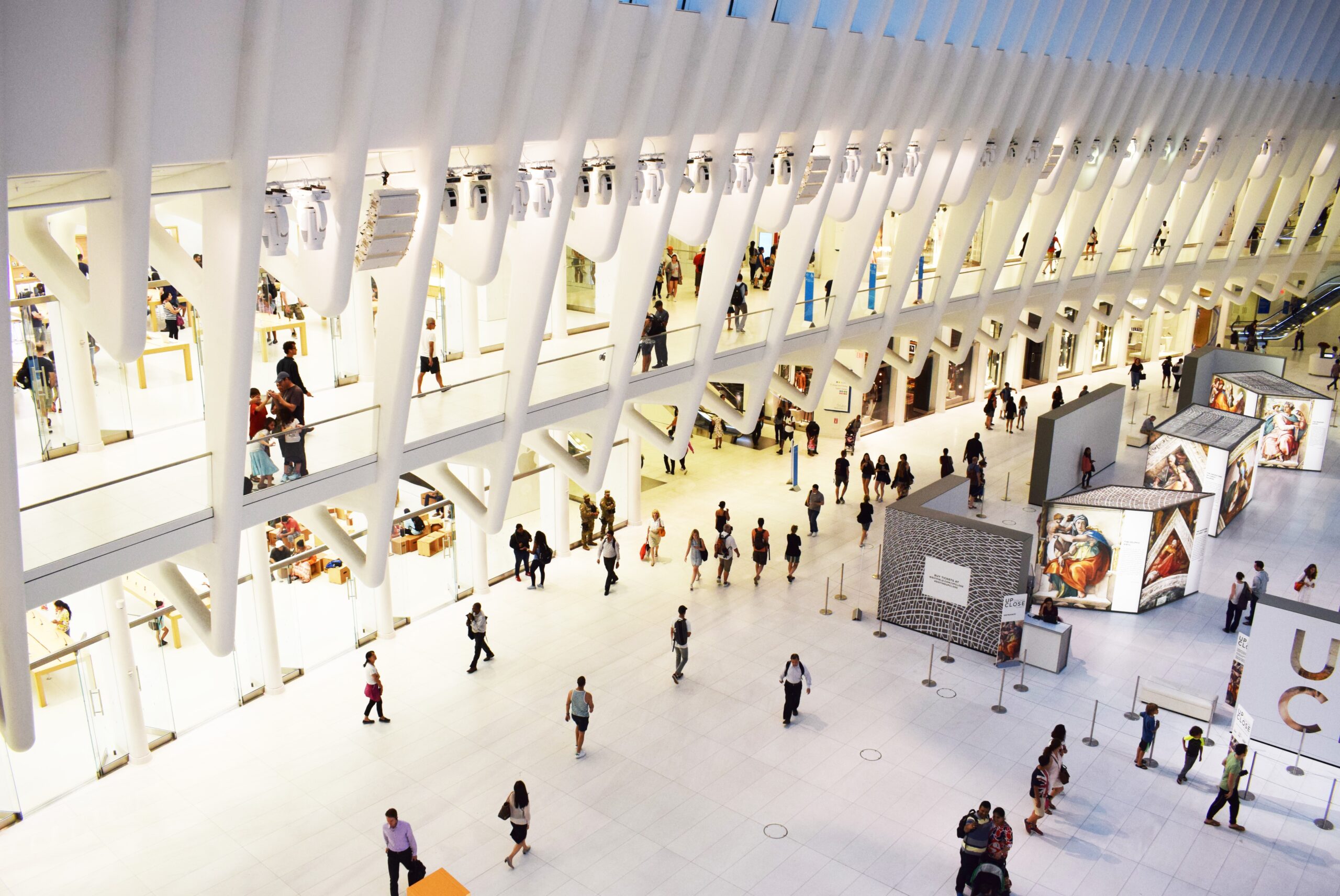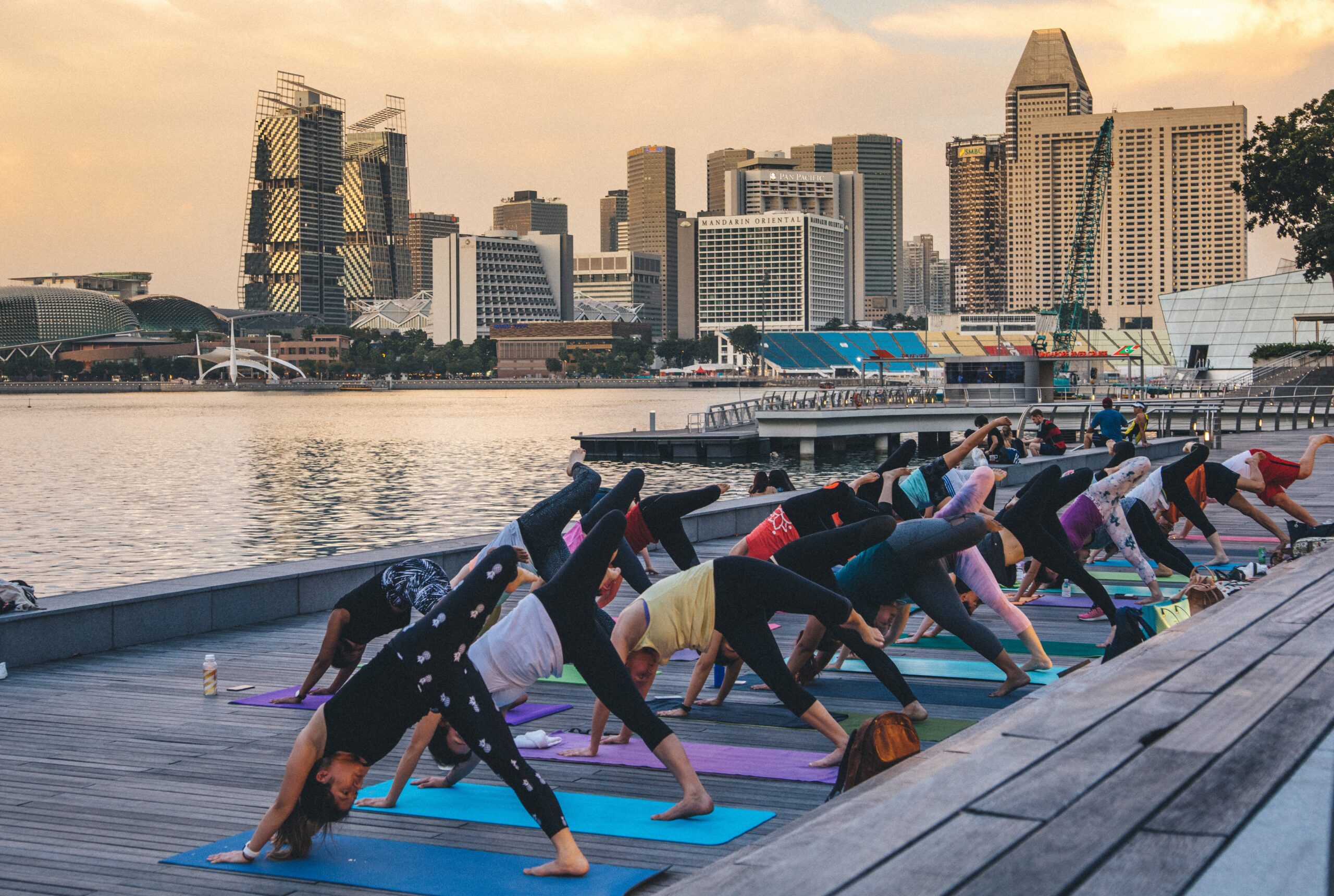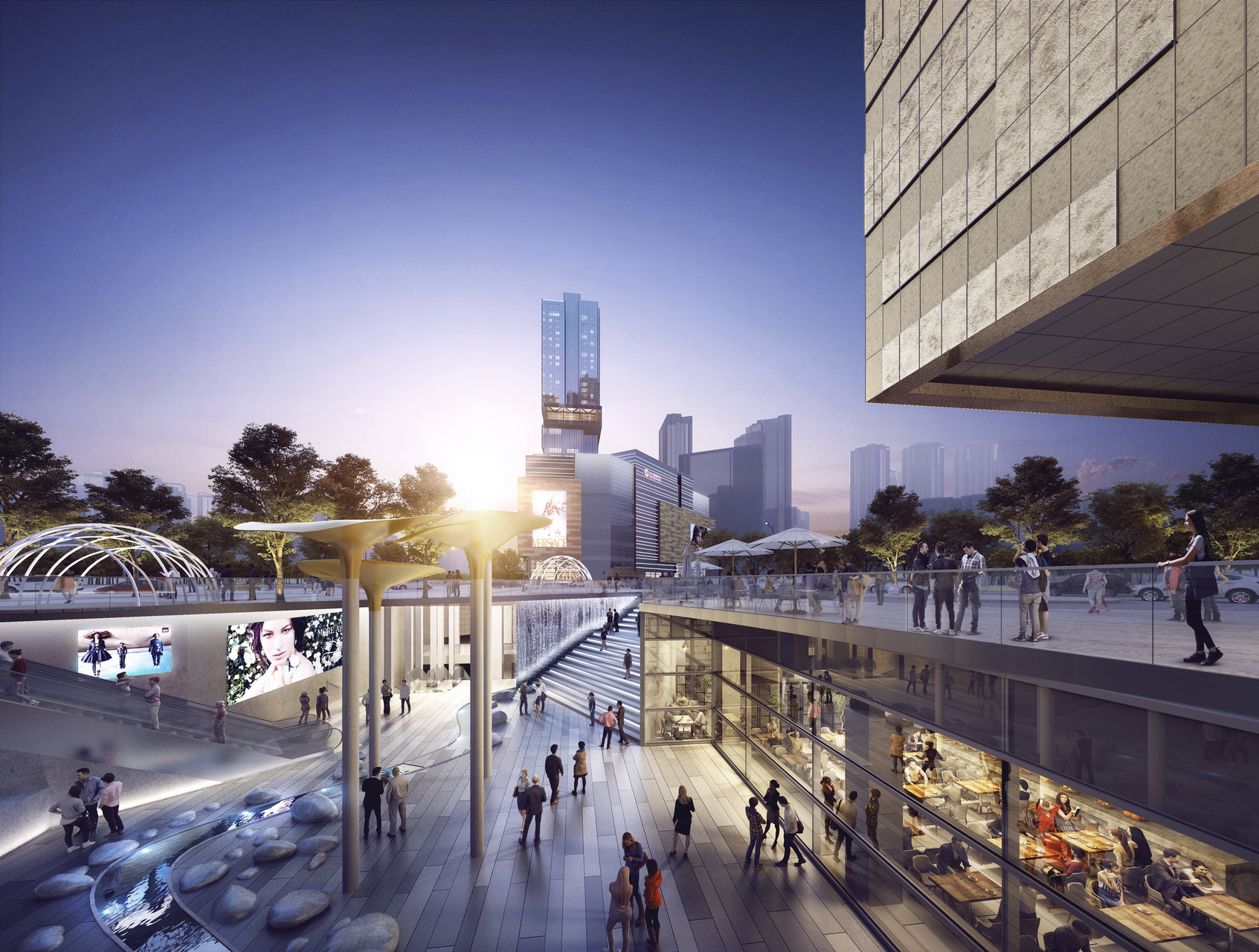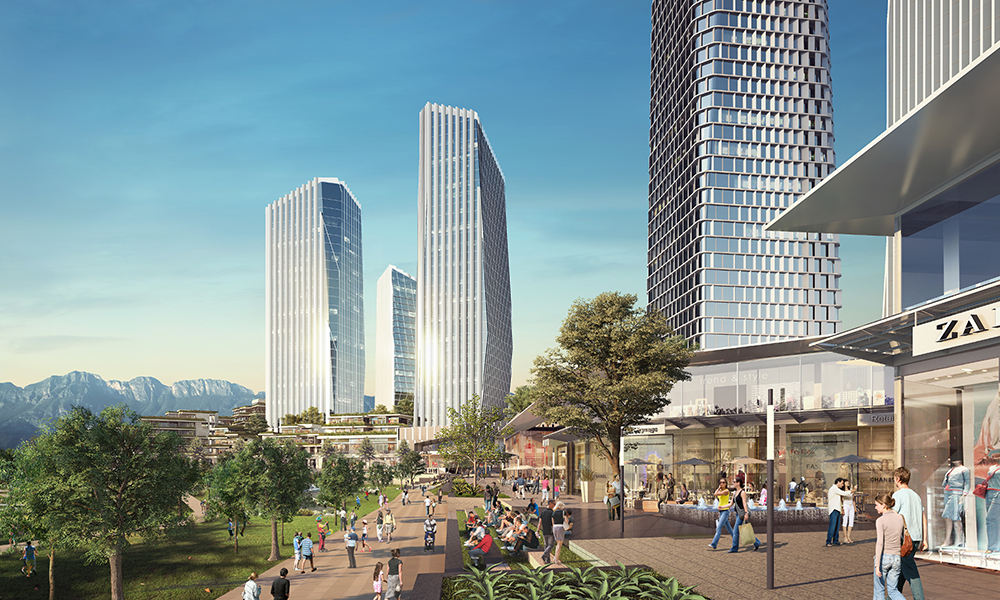The future of retail isn’t retail
By WATG
February 25, 2020
Now fully entrenched in an era where experience reigns supreme, traditional shopping malls have become obsolete. Scores of tenant bankruptcies and store closures have resulted in vast swaths of unoccupied retail real estate. But all hope is not lost; in fact, many malls are thriving. Those among the best poised for success have owners who are willing to embrace industry and consumer shifts – to look closely at what really matters to the people they’re serving – and create innovative new models that no longer focus exclusively on retail. By shaping their strategies around the age-old adage that change is the only constant, owners have an opportunity to create the future rather than watching it pass them by. And by putting people at the core of these strategies, they create places where people actually want to spend time… and money, too.
Giving Malls a Makeover
A combination of factors drives the current shifts in the retail industry. Of course, e-commerce plays a major role as online brands’ speed and quality of service improve, and many consumers opt to do their traditional shopping online. But this alone does not shut down massive malls. What drives even more of the shifts in retail real estate is the push for experiences that consumers can’t get online, and the increasing value that consumers – especially Millennials and Generation Z – place on these experiences. Having a meal with a good friend. Getting out to play with the kids. Savoring a local specialty. Shaking hands with a client. Taking a fitness class. Enjoying a picnic outdoors. Listening to live music. These are opportunities to disconnect from the virtual world and instead connect, face to face, with real people, building relationships and making memories.
Owners of existing properties are renovating, repositioning and redeveloping to satisfy today’s consumer interests, breaking down the big boxes and filling vacant spaces with a more diverse tenant mix. Where little was found in the past but repetitive apparel and accessory chains, mall visitors now enjoy a wide variety of food options from global cuisine to regional flavors, from fast casual to full service, and from indulgent to healthy. And there’s more: Craft breweries. Temporary and exclusive pop-up shops. Theaters, bowling alleys, arcades, E-sports and amusement parks. Indoor and outdoor gathering spaces. Family-friendly amenities and play places. Gyms and fitness centers. In markets like the U.S. where an abundance of traditional malls already exists, real estate investment trusts (REITs) like Westfield, Simon, and Brookfield are investing billions to make their properties relevant again. To draw in a wider variety of customers, they’re also adding non-retail anchors like hotels, residences, and offices (including communal co-working spaces); and they’re reconsidering their often-half-empty asphalt parking lots to prioritize public transit and ride sharing, as well as green space. They’re creating mixed-use destinations and districts with urban amenities where people can do much more than shop.
Designing Destinations
In regions without such a plethora of aging retail infrastructure to retrofit, there are opportunities to be even more innovative. The U.K.-based REIT, intu, is one such company that’s pushing boundaries and reinventing industry standards. For their new Costa del Sol property, which anticipates more than 29 million visitors from around the world each year, intu issued the bold challenge to create a retail property that is much more than a mall. It’s a mixed-use destination at a massive scale – 250,000 square meters – that combines shops, restaurants, hotels, sports and entertainment venues, amusement parks, and open public spaces in eight distinct neighborhoods. But going even deeper, intu’s goal to deliver exceptional experiences and the way it will achieve that goal at Costa del Sol is unparalleled.
Leveraging WATG’s deep roots in cutting edge hospitality design, intu Costa del Sol seeks to shift the conversation away from retail. The customer base isn’t traditional mall shoppers, but rather guests who seek and deserve the experience of a luxury resort. With this discerning guest in mind, a traditional approach to retail or even mixed-use design is not enough; a hospitality lens must be applied. While shoppers are often hurried, resort guests typically move at a slower, more deliberate pace. Hospitality spaces, therefore, are more closely observed and more deeply absorbed. While each big picture component of the property is strategically integrated, the guest’s experience is ultimately shaped by small details – understated indulgences – which are intentionally and thoughtfully curated by WATG’s designers. The outcome is a more welcoming and engaging experience and a place where people want to gather, linger and return, driving long-term value for intu’s tenants and partners and memorable experience for its guests.
Creating a New Public Realm
The creation of gathering space is critical to the success of retail and mixed-use properties in today’s experience economy – places where people can feel connected to a community, to nature, and to each other. In suburban developments, these spaces often take the shape of new town centers: venues for farmers’ markets, concerts, or cultural events that bring the community together. In downtown districts, these spaces often host the same types of events but, just as importantly, they become sources of respite from the surrounding city – open space that allows the city and its inhabitants to breathe. Most notably, these spaces are public even when they’re created by private developers. Communities start to feel a sense of belonging and ownership of the space in which they congregate, motivating an even deeper level of civic engagement and pride.
In Chengdu, China, this kind of public realm is created by the Grand Enterprise mixed-use development in the heart of Sichuan province. The property is large – over 40,000 square meters of retail, entertainment, hotel and commercial office space – but at the intersections, visitors will find open spaces that encourage moments to pause and relax, once again reflecting a hospitality approach. Core to the design strategy is the notion that humans crave connection and interaction, freedom and choice, mental stimulation, nourishment and solace. This elevates the experience beyond traditional retail and convenient access to products or services; consumers now satisfy most of these basic needs online. In mixed-use destinations like Grand Enterprise, these more emotional qualities are driven by the thoughtful integration of places to rest, to eat, to read, to sleep, and simply to breathe. Even the walls themselves feel open at street level, blurring the boundaries between indoors and out, and creating a welcoming and approachable aesthetic at a pedestrian scale.
Walkable Districts Work
Drawing people in and helping them feel welcome in a public space not only builds community but also plays an important commercial role as well. According to reports, the retail occupancy rate at open-air “town center” developments averages 95% – far greater than the occupancy at traditional shopping malls, which often struggle with double-digit vacancy rates. By shifting the focus away from retail to a more diverse mix of connected experiences, each component of a development starts to feed the others.
Urban amenities like public transit, parks, and bike- or pedestrian-friendly designs lay the foundation. The Distrito VIVO in Monterrey, Mexico is an example of a destination plan that prioritizes people above all else. By designing for the pedestrian experience, and for connections to the natural landscape, people are drawn in. Retail and restaurant components provide the products and services that attract residents. These apartment and condo dwellers then go to work in the nearby office buildings. And the office workers fill the stores, restaurants and parks, coming full circle and creating vibrant urban districts that quickly turn into destinations that attract visitors – and with the addition of hotel components in the mix, developers, and their retail, F&B and entertainment tenants, gain another captive audience entirely.
Whole cities are shaped by similar strategies. But even at a smaller scale, individual retail and mixed-use property developers have an exciting opportunity to succeed by focusing on people and the experiences they crave. By helping people thrive, businesses and communities can thrive too.
Latest Insights
Perspectives, trends, news.
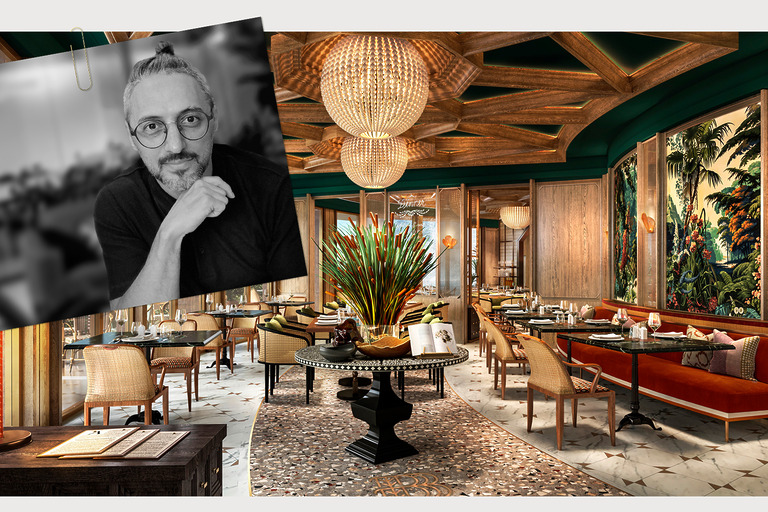
- Employee Feature |
- Inside WATG
Design Discourse: 5 Words of Inspiration
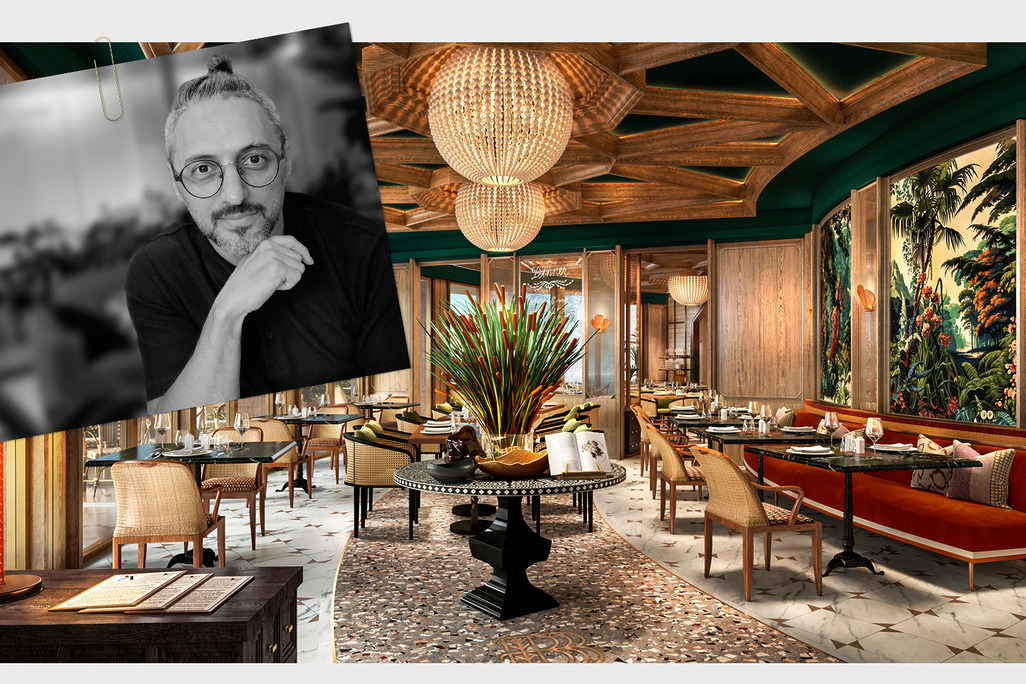
- Employee Feature |
- Inside WATG
Design Discourse: 5 Words of Inspiration
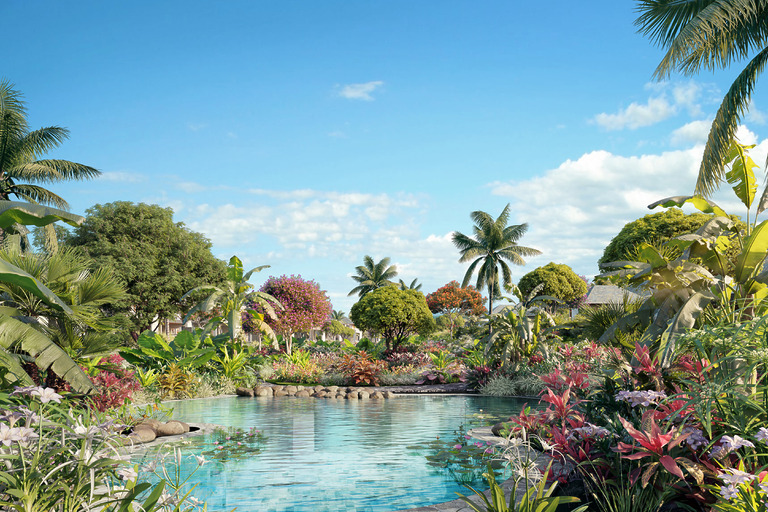
- News
Biocultural Conservation: Bridging Science and Design
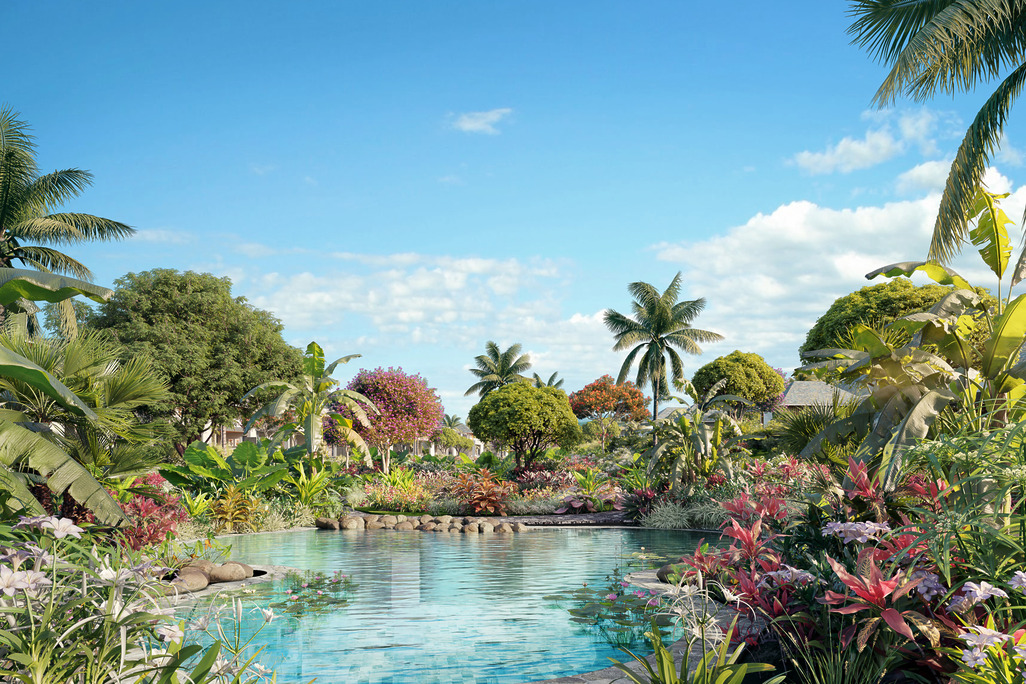
- News
Biocultural Conservation: Bridging Science and Design

- Strategy & Research
Wimberly Interiors’ Interpret British Design: Eclectic, Modern with a Twist, Bespoke

- Strategy & Research
Wimberly Interiors’ Interpret British Design: Eclectic, Modern with a Twist, Bespoke
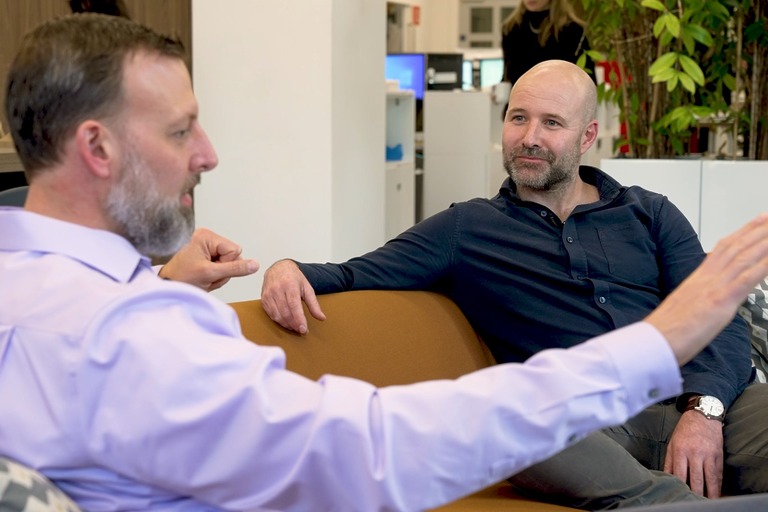
- Employee Feature
In Conversation: Sean Harry & Dan Hinch: The Intersection of Digital Practice & Landscape Architecture.
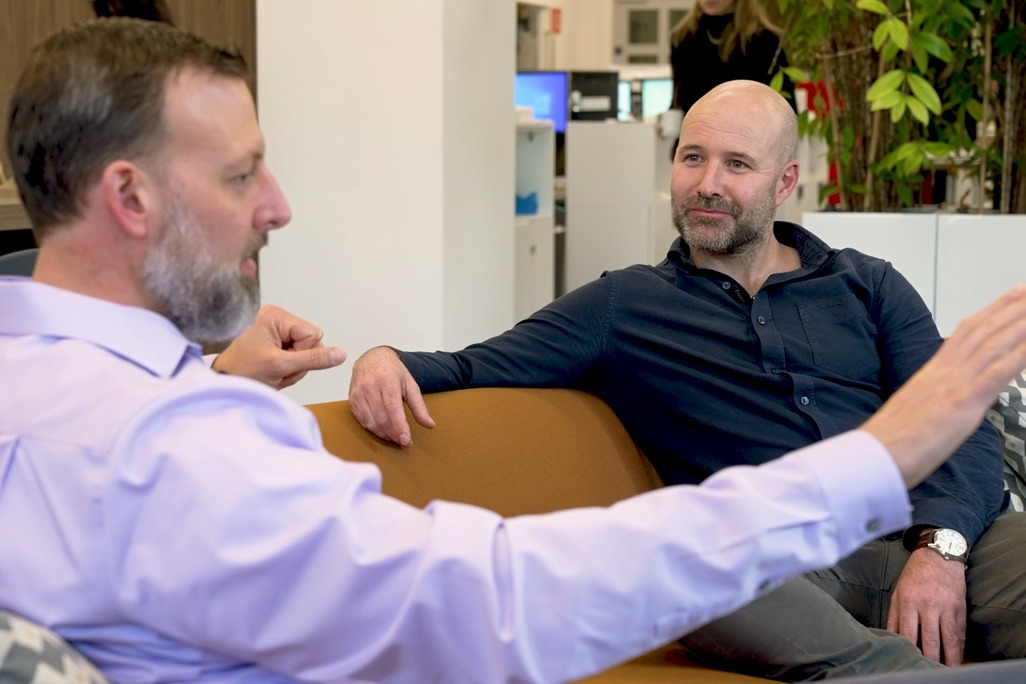
- Employee Feature
